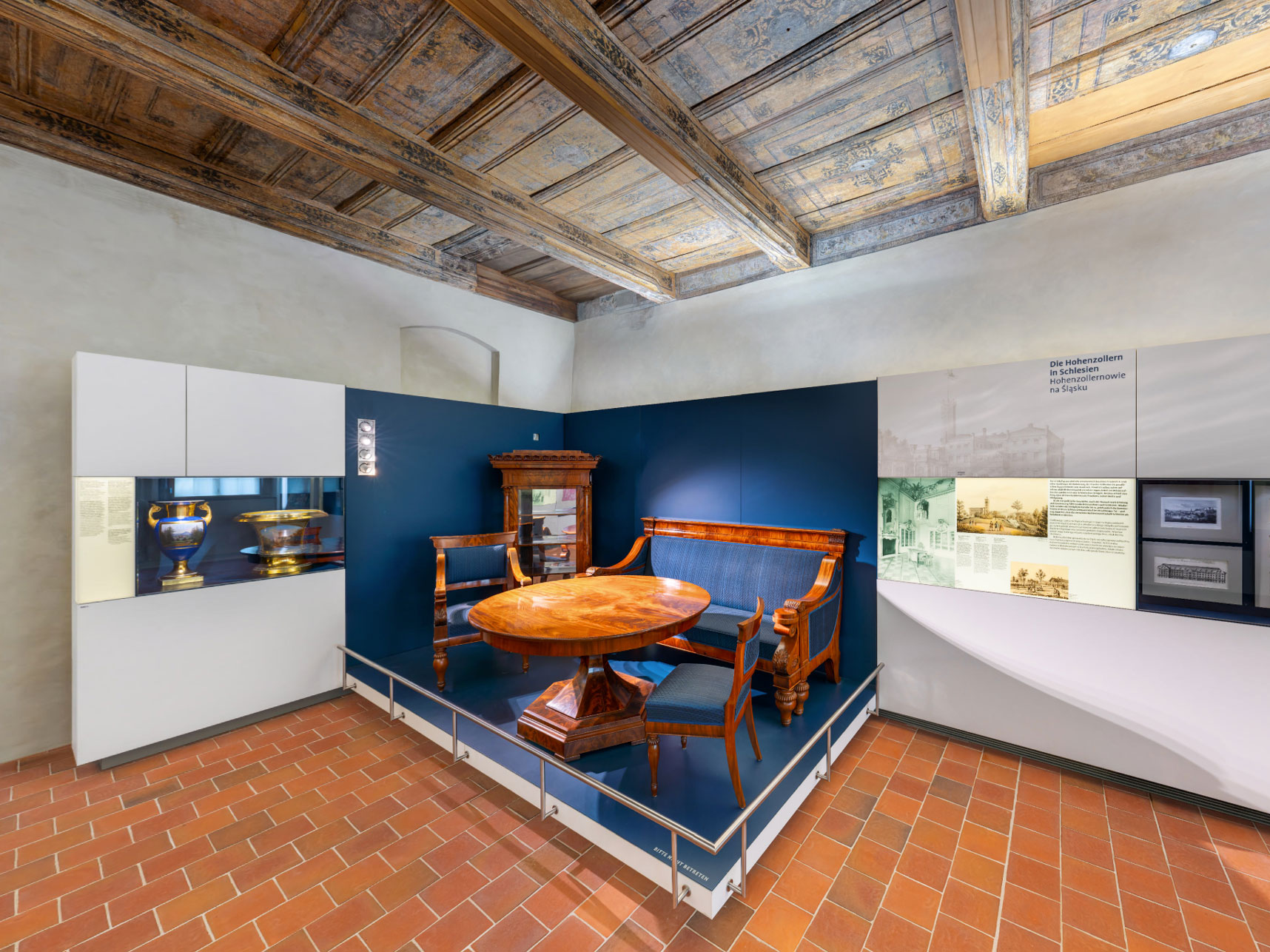
Tabatiere Frederick II.
Photographs
Tobacco tin with depictions of the king and the Silesian Wars
The reliefs on this box show Frederick the Great and the Prussian eagle as well as flags, drums, mortars and shields. On the underside are depictions of battles with which the Prussian king conquered Silesia between 1740 and 1763. The box from Iserlohn in Westphalia is one of the many mementos with which Frederick II was honoured throughout Germany.
On 16 December 1740, Prussian troops marched into Silesia. The opportunity was favourable to wrest the rich province from the House of Habsburg. Emperor Charles IV had just died and his daughter Maria Theresa, because she was a woman, was fighting to be recognised as heir.
Old Hohenzollern claims to parts of Silesia served Frederick II as a pretext for the unexpected invasion. In the three Silesian Wars, he gained control of almost all of Silesia. Only the south-eastern fringes of the country, including the Duchy of Teschen, remained with the Habsburgs – around an eighth of the country.
The Silesians soon came to terms with the new balance of power. Prussia enjoyed the support of the middle classes as the protective power of the Protestants. In contrast, the Catholic population, the clergy and parts of the nobility continued to sympathise with Austria for a long time.
The historical assessment of the Silesian Wars is still controversial today. Pro-Prussian historiography emphasises the modernisation and economic upturn that Silesia experienced as a result. However, critics also point out that the invasion of Silesia marked the beginning of a disastrous militaristic tradition in Prussian-German history.
See similar attractions!
On a 2000 m2 exhibition space, visitors can explore approximately 1000 exhibits from the history of Silesian culture.
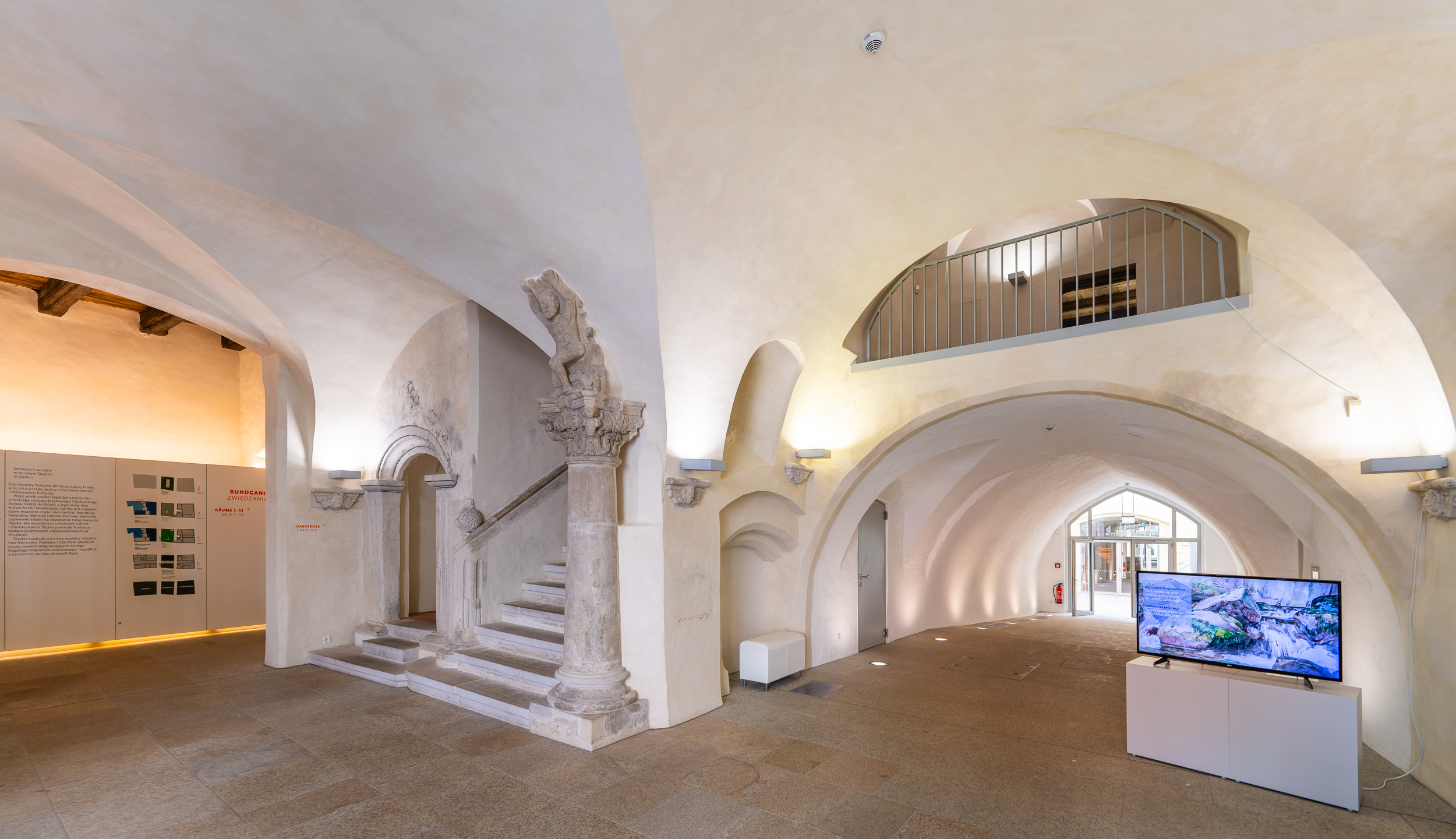)
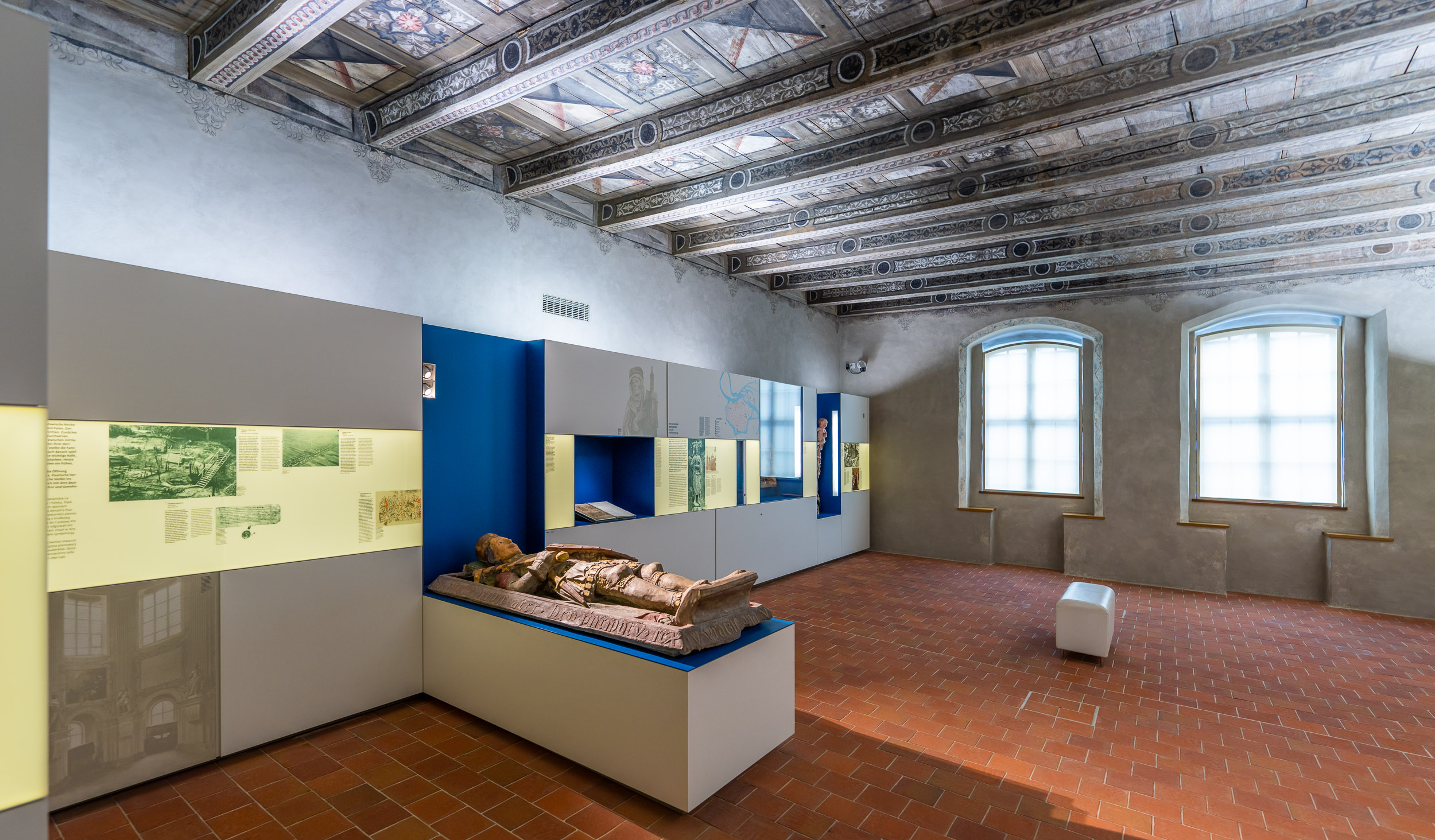)
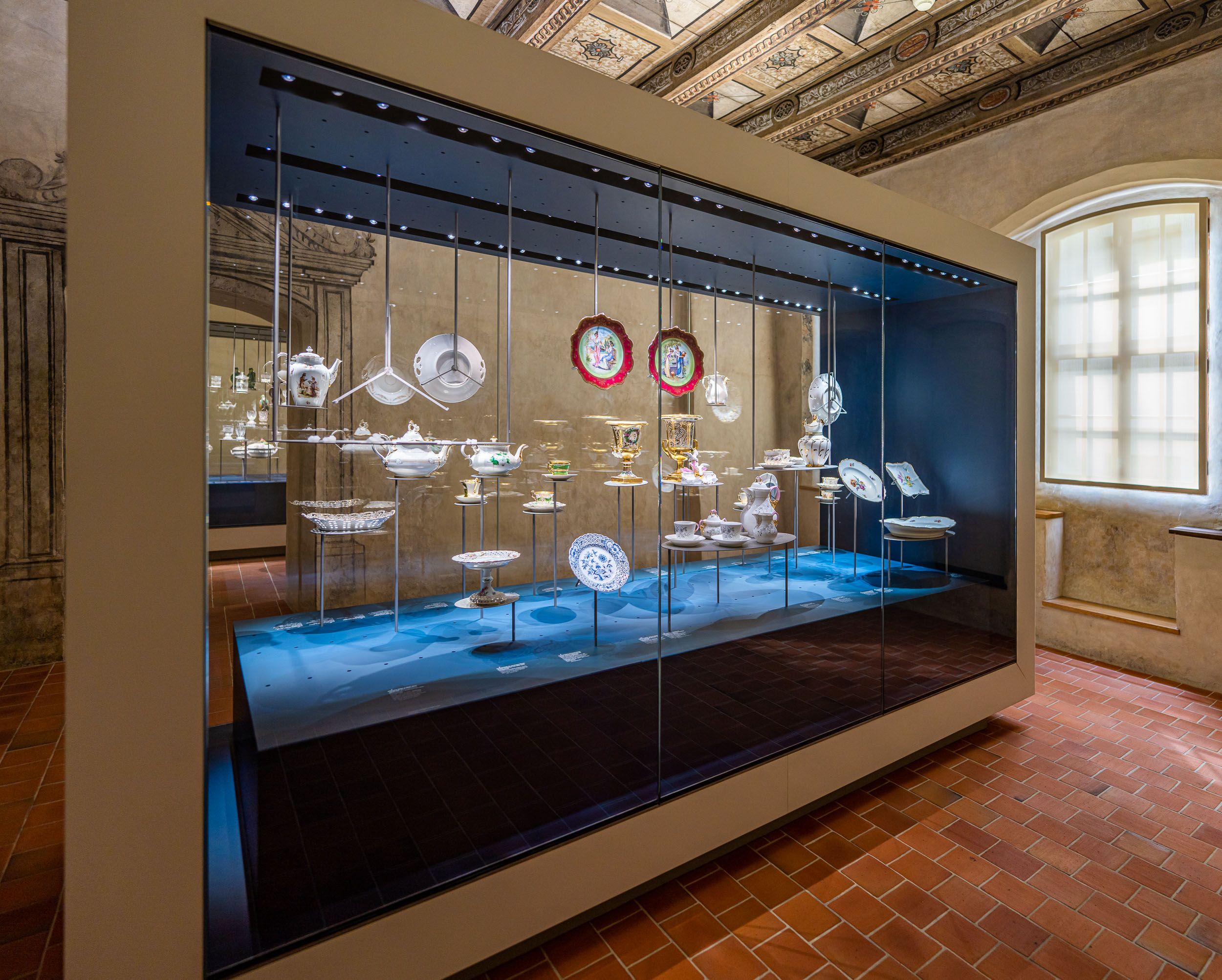)
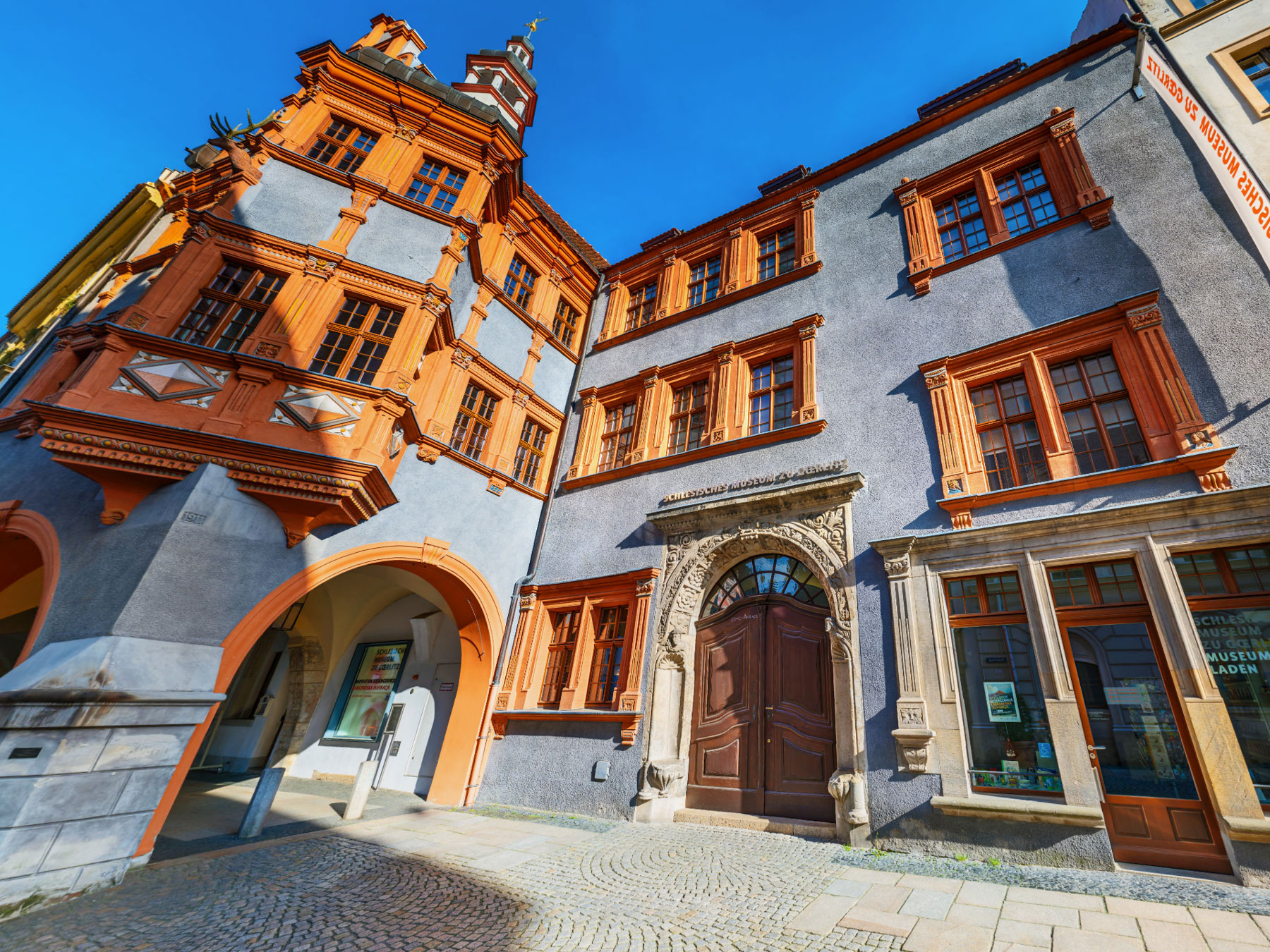)